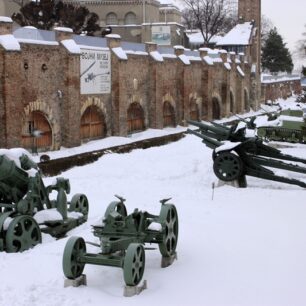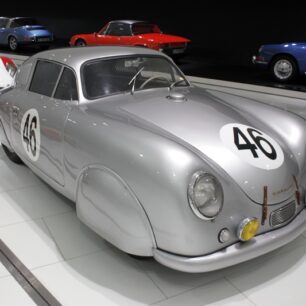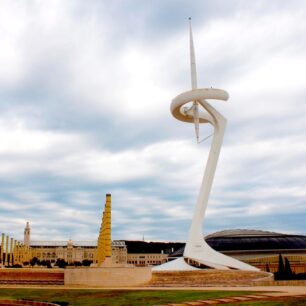Japan is a country where ancient traditions coexist with cutting-edge modernity, creating a unique and captivating travel experience. Over three weeks, I explored this fascinating nation using the JR Pass, an incredibly convenient tool for international tourists.
My journey took me through a diverse array of cities: Sakai, Kyoto, Osaka, Kagoshima, Hiroshima, Tokyo, Sapporo, and Nagoya. Each destination offered a distinct flavor of Japan’s rich culture, history, and natural beauty. Here’s a detailed account of my incredible three-week adventure.
Sakai: A Step Back in Time
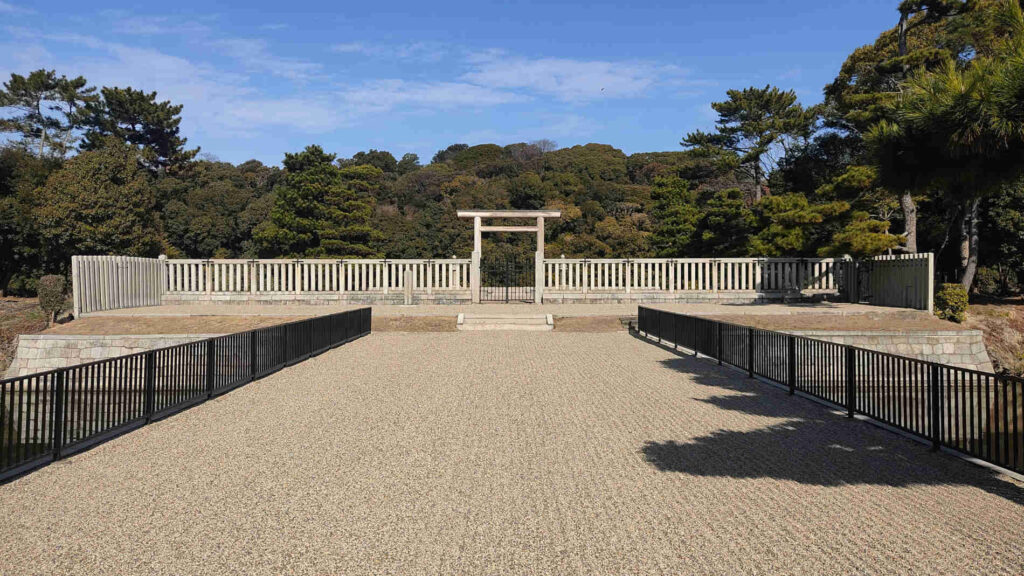
My journey began in Sakai, a city with deep historical significance. Once a major trading port and cultural hub, Sakai was known as the “Venice of Japan” during the Muromachi period. The highlight of my visit was the Nintoku-ryo Kofun, one of the largest ancient burial mounds in the world. The sheer scale of this keyhole-shaped tomb, surrounded by a serene moat and lush greenery, was awe-inspiring.
I also visited the Sakai City Museum, where I delved into the city’s history of sword-making and its influential role in the development of the tea ceremony. Wandering through the quiet streets, I found myself at the Myokoku-ji Temple, a peaceful retreat that provided a glimpse into the spiritual life of the city.
Kyoto: The Cultural Heart of Japan
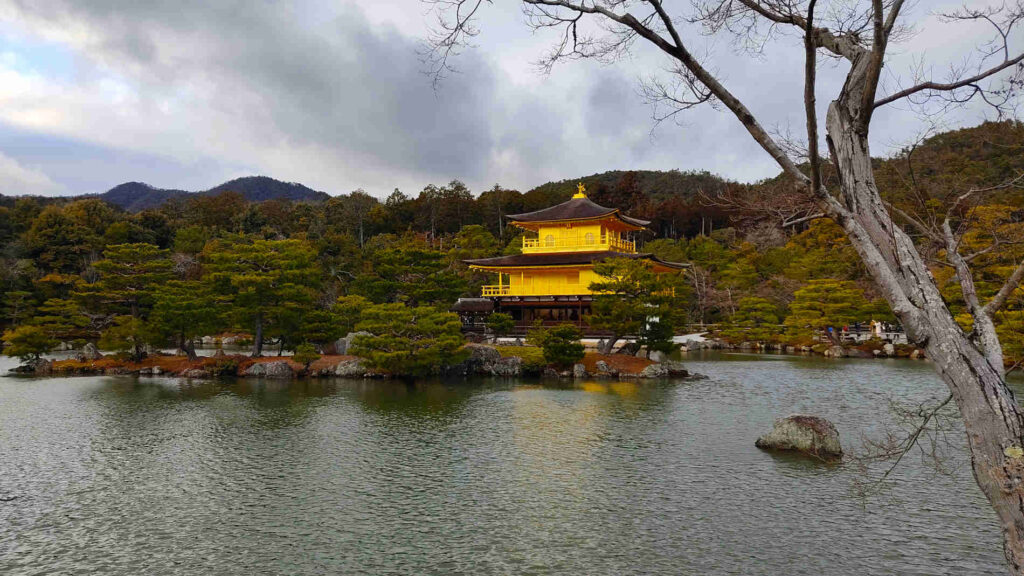
From Sakai, I traveled to Kyoto, the cultural heart of Japan. Kyoto is a city that seems to exist outside of time, where ancient temples and shrines are part of everyday life. My first stop was the magnificent Fushimi Inari Taisha, famous for its seemingly endless path of red torii gates that lead up the sacred Mount Inari. The atmosphere was both serene and mystical as I hiked through this iconic landscape.
Kyoto is also home to some of Japan’s most famous landmarks, including the stunning Kinkaku-ji (Golden Pavilion), which glistens with gold leaf and reflects beautifully in the surrounding pond. Another must-visit was the Arashiyama Bamboo Grove, where towering bamboo stalks create a natural cathedral of green.
In the historic Gion District, I wandered through narrow streets lined with traditional wooden houses, hoping to catch a glimpse of a geisha. The district is a living testament to Kyoto’s rich history, especially as the lanterns light up in the evening, casting a soft glow over the cobblestone paths.
Osaka: A Feast for the Senses
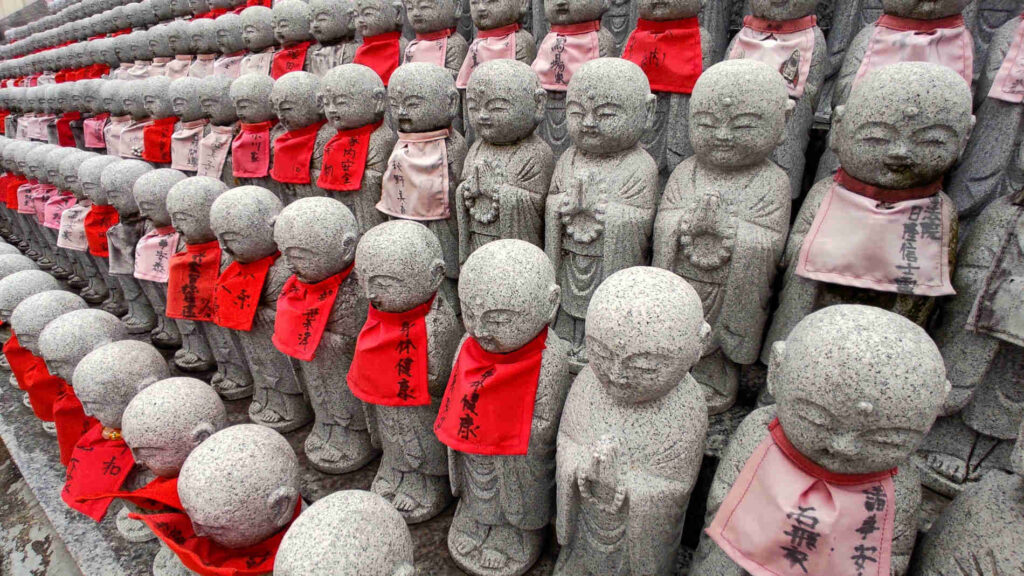
A short train ride brought me to Osaka, a city bursting with energy and flavor. Known as “Japan’s Kitchen,” Osaka is a paradise for food lovers. I indulged in local specialties like takoyaki (octopus balls) and okonomiyaki (savory pancakes) at the bustling Kuromon Ichiba Market. The vibrant atmosphere of the market, with its fresh seafood and street food stalls, was a sensory delight.
Osaka’s nightlife is equally dynamic, especially in the neon-lit district of Dotonbori. The giant, animated billboards, such as the Glico Running Man and the Kani Doraku crab, are iconic symbols of the city. During the day, I explored Osaka Castle, a historical marvel surrounded by expansive parklands, which is particularly stunning during the cherry blossom season.
Kagoshima: Nature’s Power and Serenity
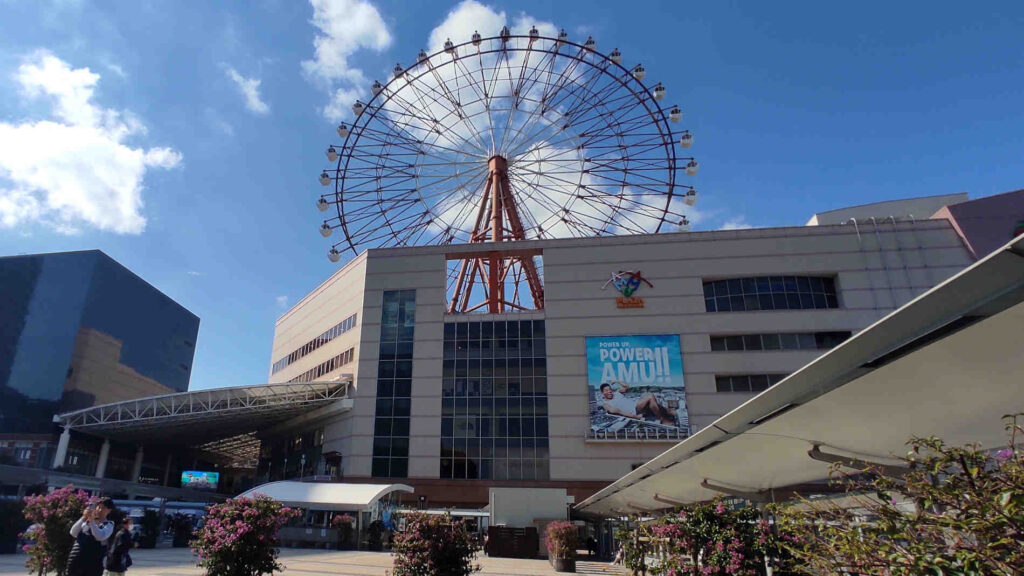
From Osaka, I ventured south to Kagoshima, a city famous for its active volcano, Sakurajima. This imposing natural feature is visible from almost everywhere in the city, and I took a ferry to the island for a closer look. The island’s volcanic landscape, with its constantly smoking peak, was both eerie and fascinating.
Kagoshima is also known for its hot springs, thanks to the geothermal activity in the region. I indulged in a relaxing onsen bath with a view of Sakurajima, which was a perfect way to unwind after a day of exploration.
Hiroshima: A City of Resilience and Peace
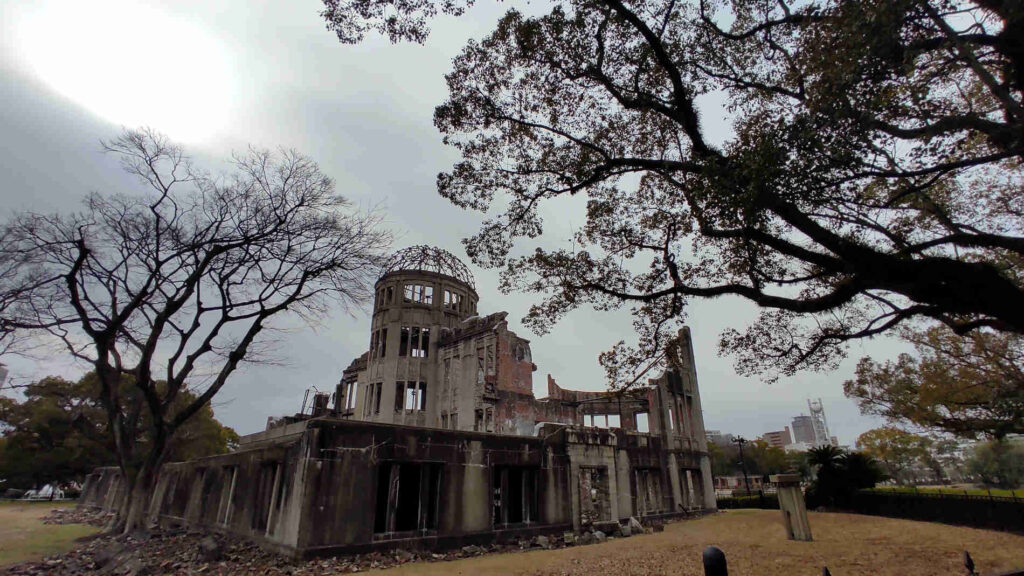
From the natural wonders of Kagoshima, I traveled to Hiroshima, a city forever marked by the tragic events of World War II. Visiting the Hiroshima Peace Memorial Park was a profoundly moving experience. The park, dedicated to the victims of the atomic bombing, is a place of reflection and hope. The A-Bomb Dome, preserved in its ruined state, stands as a stark reminder of the city’s past.
The Hiroshima Peace Memorial Museum offered a deeper understanding of the impact of the bombing, with exhibits that are both heartbreaking and inspiring. Walking through the park, I felt a deep sense of respect for the resilience of Hiroshima’s people and their commitment to peace.
Tokyo: The Pinnacle of Modern Japan
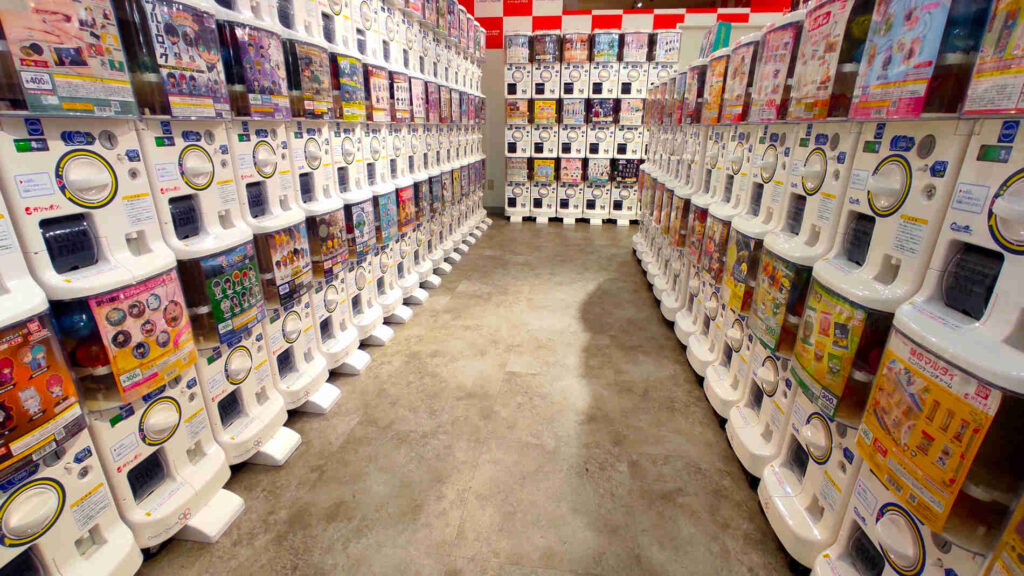
Leaving Hiroshima, I made my way to Tokyo, the pulsating heart of modern Japan. Tokyo is a city of endless possibilities, where the past and future collide. I began my exploration in Asakusa, where the historic Senso-ji Temple and the lively Nakamise Street offer a taste of old Tokyo. The bustling street, lined with shops selling traditional snacks and souvenirs, was a delight to explore.
For a panoramic view of the city, I ascended the Tokyo Tower, once tallest structure in Tokyo. The view from the top, especially as the city lights twinkled at dusk, was absolutely mesmerizing.
Tokyo’s diverse neighborhoods each offer a unique vibe. In Akihabara, I immersed myself in Japan’s pop culture, exploring stores filled with anime, manga, and electronics.
Sapporo: The Northern Frontier
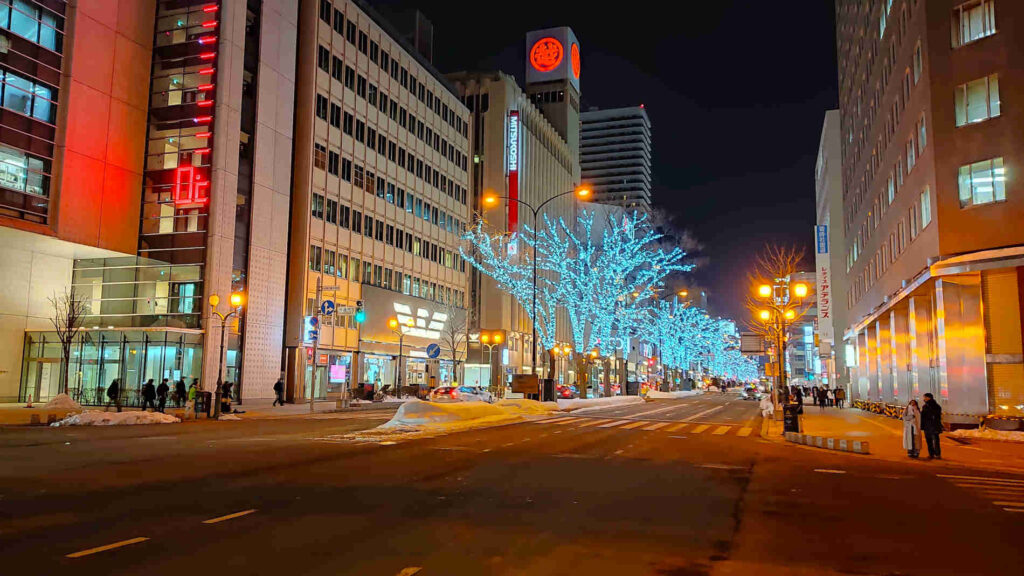
From the bustling metropolis of Tokyo, I traveled north to Sapporo, the capital of Hokkaido. Known for its cold winters and snow festivals, Sapporo was a refreshing change of pace. I visited the Sapporo Beer Museum, where I learned about Japan’s oldest brewery and enjoyed a tasting session of its famous beer.
The expansive Odori Park is the heart of the city, and it’s a lovely place to relax and take in the surroundings. Another highlight was the Hokkaido Shrine, set in a peaceful forest that felt worlds away from the urban environment.
Of course, I couldn’t leave Sapporo without trying its famous Sapporo ramen. The rich, miso-based broth was the perfect antidote to the cool northern air.
Nagoya: Industrial Strength Meets Cultural Heritage
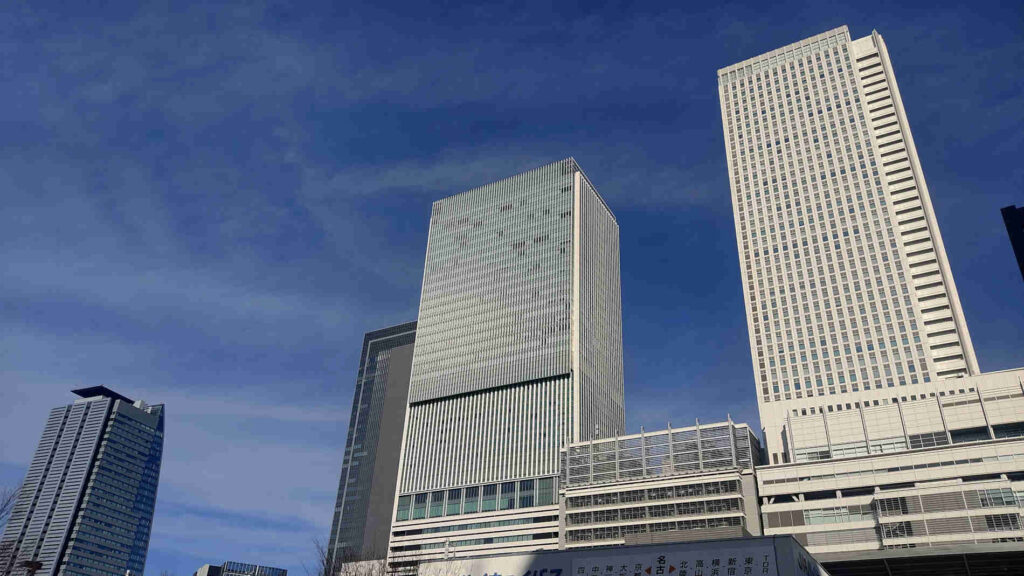
My final stop was Nagoya, a city that often surprises visitors with its mix of industrial innovation and cultural heritage.
Nagoya Castle, with its gleaming golden Shachihoko (mythical creatures resembling dolphins), was another highlight. The castle, beautifully reconstructed, offers a window into the city’s samurai past and the grandeur of feudal Japan.
Before leaving Japan, I savored Hitsumabushi, a Nagoya specialty featuring grilled eel served over rice in three distinct ways. This culinary experience was a fitting conclusion to a journey that had been as much about discovering Japan’s flavors as its sights.
Over three weeks, I traversed Japan from south to north and back, exploring cities that each offered their own unique take on the country’s rich cultural tapestry. The JR Pass made this journey seamless, allowing me to witness the natural beauty of Kagoshima, the resilience of Hiroshima, the cultural depth of Kyoto, and the modern marvels of Tokyo and beyond.
Japan is a land of contrasts and surprises, where every destination offers something new and exciting. As my train sped towards the airport, I reflected on the diversity of experiences I had enjoyed—from ancient temples to vibrant city-scapes, from peaceful gardens to bustling markets. This journey through Japan was unforgettable, and I know it won’t be my last. There’s so much more to discover in this incredible country, and I can’t wait to return.



